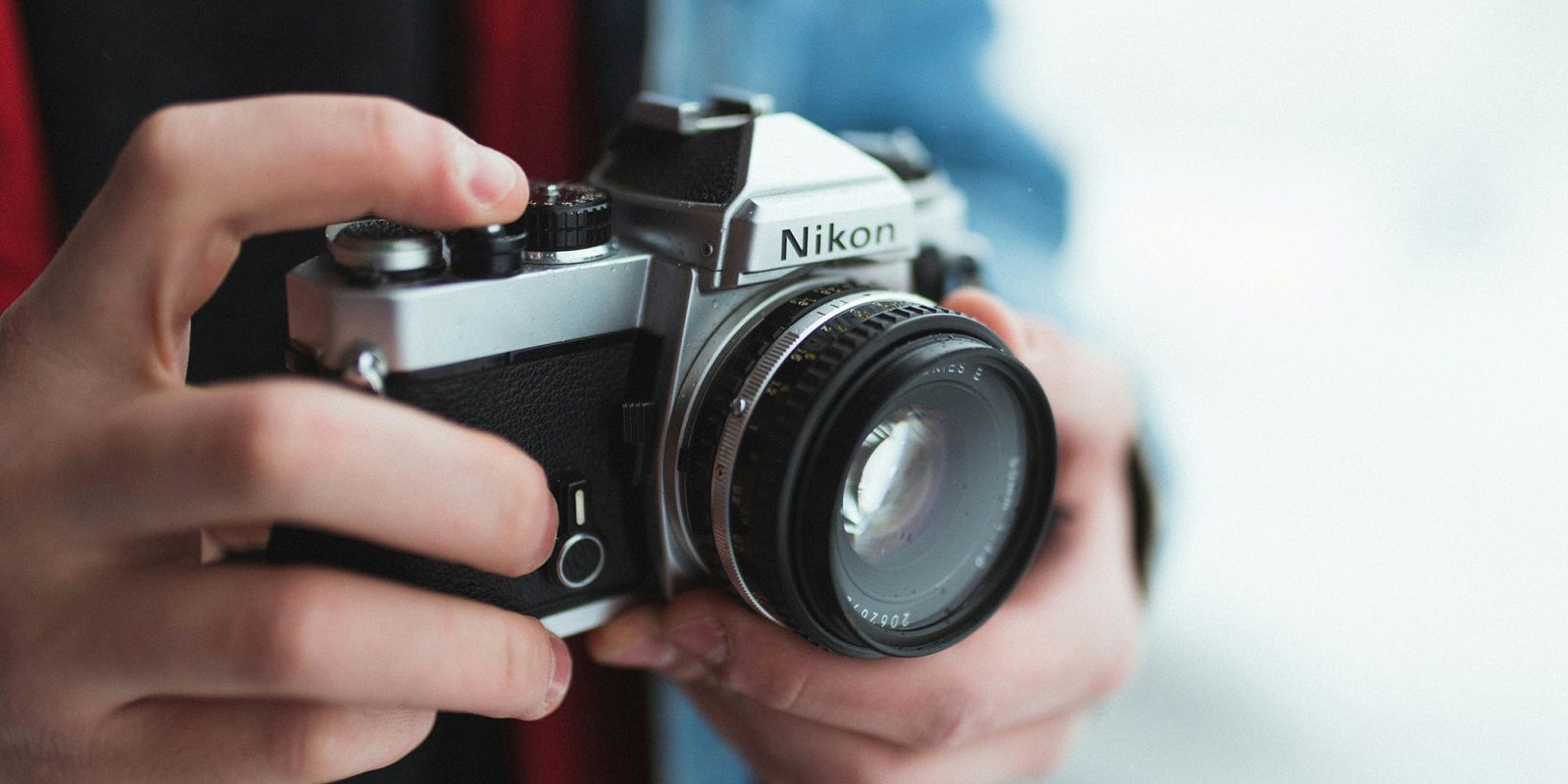
One of the expected features of the iPhone 16 is a dedicated Capture button for photos and videos. CAD drawings and dummy models suggest all four models will get the button.
That might not sound like too big a deal, especially for those who own an iPhone 15 Pro or Pro Max, that already has an Action button configurable to activate the camera. However, if it works as we’re expecting, then it could turn out to be the main feature which persuades me to upgrade from my 15 Pro Max …
The current Action button
I’m a big fan of the current Action button, and have it set to activate the camera – specifically, in video mode.
I was pretty sure before I got my phone that I’d be assigning the Action button to the camera, and that was indeed the case. The only slightly unexpected thing is that I’ve changed it from a still photo to video.
The reason for that is that video is a tiny bit more likely to be ‘urgent.’ That is, if there’s something unexpected I don’t want to miss, then I’ve found I’m more likely to want a video clip than a still photo – this effect reinforced by the fact that I can always take a still frame-grab from a video.
That works really well, continuing to use the same button to start and stop recording. However, a dedicated Capture button is expected to do more.
iPhone 16 Capture button features
Reports so far have suggested that it will be a hybrid button, which works mechanically but also has a capacitive surface.
The latter is expected to operate the camera zoom.
The Information has reported that the surface of the Capture will be touch sensitive. iPhone 16 users will allegedly be able to swipe left and right on the Capture button’s surface to zoom in and out.
I’m not particularly interested in that, especially if the site is right about it being a swipe gesture. It can be hard to control the speed and end-point of even mechanical zoom switches, and I’d expect a capacitive version to be worse. On the iPhone, I generally stick to one of the tap options to select the lens I want.
But what does interest me is the other reported functionality.
The Information also says that users will be able to “bring images into focus by pressing it lightly and activate the shutter by pressing more firmly on the button.”
Half-press is a key feature for standalone cameras
What the site appears to be describing here is a half-press feature, which has been standard on SLRs even before DSLRs. Pressing the shutter button halfway down locks the exposure and focus, and pressing it the rest of the way then takes the photo.
That simple feature makes a huge difference to the ease and speed with which you can correctly expose and focus a shot, and it will make an even bigger difference on an iPhone.
The reason half-press is a standard camera feature is because, by default, cameras will use the centre of the frame for both focus and exposure readings. (Yes, there are a million exceptions, thanks to features like intelligent metering, face-priority, and computational photography, but it still remains the case for many shots.)
The problem with this is that the most aesthetically-pleasing shots often don’t have the subject in the center of the frame. The so-called rule of thirds is one shorthand approach to obtaining a pleasing framing.
Let’s look at a few examples …

In this shot, the default metering would probably have been fine, as the face and background trees are in similar lighting, but the initial focus was on the trees. Centering her face, half-pressing to lock the focus, and then reframing before fully pressing the shutter release enabled me to very quickly ensure her face was in focus.

Similarly here, the default focus and exposure would have been on either the sky or the statue, and the same approach of centering her face, half-pressing, reframing, and shooting took just a couple of seconds.

Likewise here, where the default would have been the background of the bar.
Half-press on iPhone will make a huge difference
On a DSLR, manually correcting the exposure and focus would be reasonably quick and easy even without the half-press function. But on an iPhone, it’s a real pain, requiring us to tap the part of the screen containing the subject, and then sometimes have to drag the exposure up or down. That’s very awkward while trying to maintain your framing of a shot.
So half-press functionality on an iPhone would be a night-and-day difference.
To retain the benefit of ‘one button to do it all,’ I would hope and expect that pressing Capture button on the lock screen or home screen will also open the Camera app, just like the Action button.
Although I’d already resigned myself to annual iPhone upgrades, I hadn’t previously heard any reports which were really selling me on the difference between my iPhone 15 Pro Max and this year’s model. I already have Apple Intelligence support, and aside from a marginally bigger screen, it hasn’t been sounding like there’s going to be a lot of difference.
But this could well be the feature which swings it for me – and it’s no surprise at all that it’s a camera feature which is likely to do it.
Photo by FilterGrade on Unsplash
FTC: We use income earning auto affiliate links. More.




